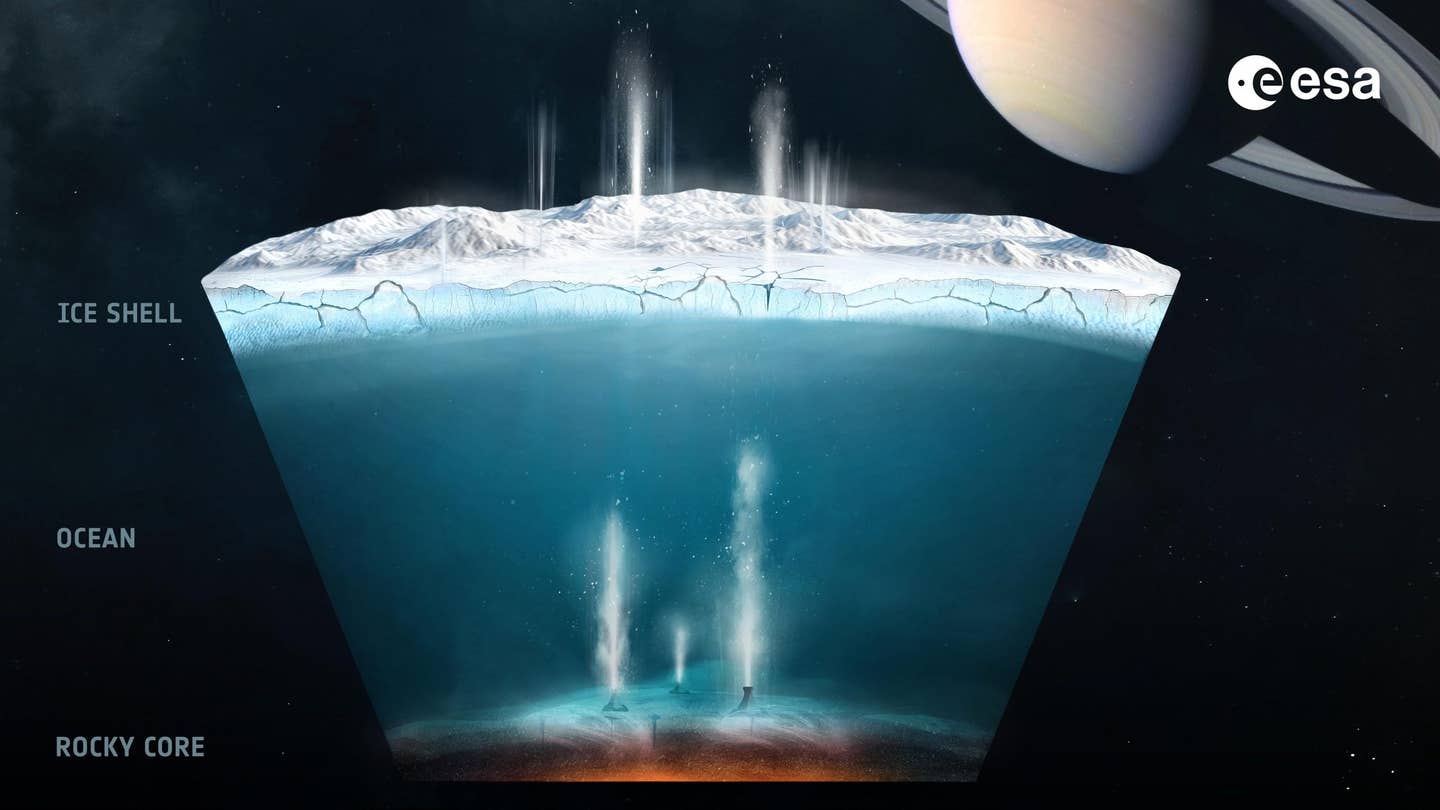Scientists discover a new way to lose weight without moving
Mouse studies show that cutting methionine boosts thermogenesis and fat burning nearly as much as cold exposure.

 Edited By: Joseph Shavit
Edited By: Joseph Shavit

Diets lower in methionine and cysteine could offer a practical way to raise daily energy burn. (CREDIT: Shutterstock)
Scientists have long searched for ways to help the body burn more energy without requiring intense exercise or drastic lifestyle changes. A surge of interest has centered on thermogenesis, the process of turning calories into heat. Cold weather can trigger it, but recent work suggests that food choices might do the same.
A new set of mouse studies offers a detailed look at how a specialized diet compares with cold exposure and what happens inside different fat stores and organs when both forces are at play.
A New View on Energy Burn
Obesity is a global problem affecting approximately one billion individuals. While drugs that mimic the hormone GLP-1 have raised some real expectations for appetite suppression, the long-term effects have yet to be identified. This is especially true given that GLP-1 based medicines, like so many others, can gradually reduce an individual's natural energy burn. It is this issue that drives the quest of researchers to study alternatives to using energy, rather than suppress appetite.
A group of researchers led by Philip Ruppert and Jan-Wilhelm Kornfeld at the University of Southern Denmark has investigated two non-pharmacological methods to increase energy burn. Cold exposure (which also activates brown fat thermogenesis and makes white fat more beige-like) and the "thermogenic spike" we all feel when digesting food.
Earlier work has suggested that decreasing the amino acid methionine or methionine restriction (MetR) could elicit energy burn without low temperatures. The question was how big an effect methionine restriction might have, and how does it compare to cold exposure?
To answer this question, the team conducted a controlled head-to-head experiment. Male mice were placed on either a standard diet or a diet that severely restricted methionine. The diets were evaluated at room temperature and then again after a short cold challenge of four degrees Celsius. During this time, hourly energy expenditure, fuel modality, food and water consumption, movement, body weight, organ weight, blood markers, and gene expression from each of four tissues, including liver and three depots of fat, were measured.
A Diet That Increases Energy Expenditure
At room temperature, the results were extraordinary. Mice on the methionine-deficient diet significantly increased energy expenditure from approximately 0.45 kilocalories/hour to approximately 0.6 kilocalories/hour, nearly a 20% increase without modulating dietary intake or activity. They also had a similar occurrence with respect to fuel modality. Mice on the methionine-deficient diet preferentially utilized fat, rather than carbohydrates, as indicated by their respiratory exchange ratio. Moreover, they lost more weight throughout the week, even though they maintained the same intake as the other group of mice.
Cold exposure induced a much larger shift in metabolic rate. After just 24 hours at four degrees Celsius, metabolic rates were propelled up to roughly 0.9 kilocalories/hour for all groups. This shift to energy expenditure flattened diet-related differences between the two dietary groups. Moreover, the cold exposure shifted the control animals toward preferential fat utilization, which made the fuel use profile of the control animals resemble the methionine restriction group.
Body weight reflected these responses. All mice lost weight throughout the study; however, mice eating the methionine-deficient diet lost approximately ten percent of their body weight at room temperature alone. When cold was added to that diet, weight loss became greater than the diet alone. Organ weights also changed. The liver shrank for both cold and diet restriction, and further shrank when both were applied. Conversely, several fat depots slightly increased with the diet, and the increase was greater with cold.
Blood tests showed overlapping effects of cold and diet. Glucose levels slightly decreased for all groups. Triglycerides decreased more with both treatment groups than the MetR diet alone. A thermogenic hormone, FGF21, increased with each stimulus but did not increase more with both.
Where the Body Burns Energy
The team also measured gene activity to assess the organ systems' responses to the different exposures. Each tissue exhibited a very different signature. The liver exhibited the greatest response to cold, with hundreds of genes with either very large increases or very large decreases in activity. When diet and cold were combined, there were also additive responses in pathways associated with glucose handling, fat management, and important energy cycles.
Classic brown fat responded primarily to cold. Methionine restriction changed far fewer genes here and added little to the cold treatment. However, there were immune pathways changing in response to diet alone.
Subcutaneous inguinal white fat that can take on “beige” characteristics told a different story. Both the diet and cold exposure caused large changes, and the majority of changes were in the same direction. Numerous pathways associated with lipid catabolism, PPAR signaling, and thermogenesis were enriched, indicating that the effects of diet and cold are quantitatively similar in this depot.
Deep abdominal white fat demonstrated a co-dependent pattern. When administered alone, either cold or diet resulted in comparable modest changes, whereas cold+diet provoked many more gene-level shifts. Nonetheless, the pathways did not activate at the level expected, suggesting a cell-type-specific response that had not underpinned broader functional changes.
Why the Findings Matter
In summary, these results support the notion that methionine restriction is a real dietary trigger for the thermogenic phenotype. It increases energy use, shifts the relative focus to burning fat, and enables weight loss independent of food consumption or activity. Cold exposure remains the more powerful stimulus, but still, the diet seemed to offer an important increase in energy use in isolation.
This study links well with the findings of the team's separate study published in eLife. The diet in that study, where food consumption levels were adjusted for methionine and cysteine over the week, resulted in weight loss that was similar to that of cold exposure. Kornfeld noted that the animals that burned the most energy did not eat less or move more. They simply generated more heat: "they lost more weight, and it was not because they ate less or exercised more, they just generated more heat."
Ruppert added that beige fat handled the excess energy burn regardless of whether cold or diet was the trigger, which may matter because beige fat in humans may be more important for metabolic health than brown fat.
The team suggests that the research findings might derive treatments for obesity that engage the body to burn more energy, but quietly in the background. They would like to see if low methionine/cysteine foods could be developed to facilitate such use. Kornfeld even contemplated that individuals on Wegovy might lose more weight if they combined it with diets low in animal-derived protein, given that animal-derived protein is relatively high in methionine and cysteine.
Practical Implications of the Research
This research points to new ways to support weight management and metabolic health. Eating lower-methionine and lower-cysteine foods may be a practical way to raise daily energy burn.
When paired with other therapies that mimic cold, this approach may increase fat burning, lower triglycerides and glucose levels, and help white fat shift to a more active state.
If future studies exist that show similar findings in humans, the study could support the development of new food products, nutrition plans, and more therapeutic options for obesity and related diseases, all with the goal of keeping energy expenditure low by using dietary reference in conjunction with therapies.
Research findings are available online in the journal eLife.
Related Stories
- Exercising this small leg muscle boosts metabolism, burns fat even while seated
- New drug boosts fat burning and increases muscle endurance without a workout
- Daily obesity pill Orforglipron helped adults lose up to 20% of their body weight in global trial
Like these kind of feel good stories? Get The Brighter Side of News' newsletter.
Rebecca Shavit
Science & Technology Journalist | Innovation Storyteller
Based in Los Angeles, Rebecca Shavit is a dedicated science and technology journalist who writes for The Brighter Side of News, an online publication committed to highlighting positive and transformative stories from around the world. With a passion for uncovering groundbreaking discoveries and innovations, she brings to light the scientific advancements shaping a better future. Her reporting spans a wide range of topics, from cutting-edge medical breakthroughs and artificial intelligence to green technology and space exploration. With a keen ability to translate complex concepts into engaging and accessible stories, she makes science and innovation relatable to a broad audience.



